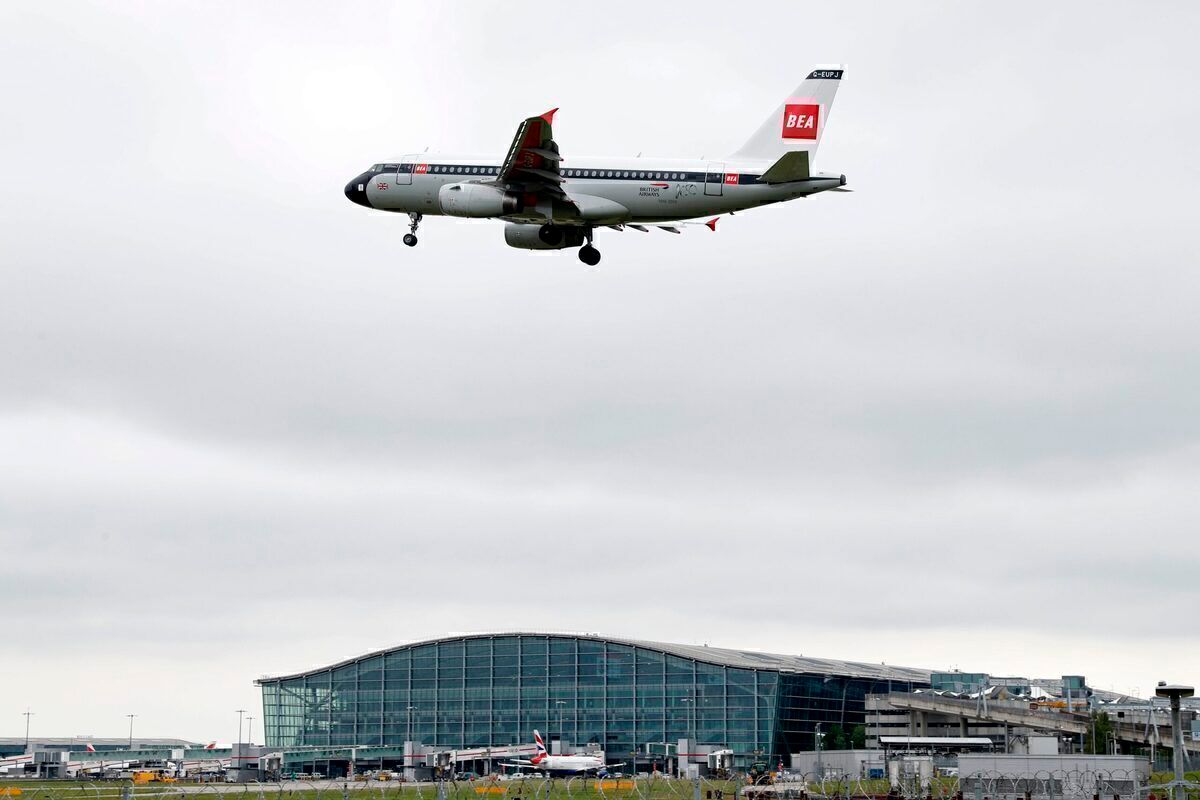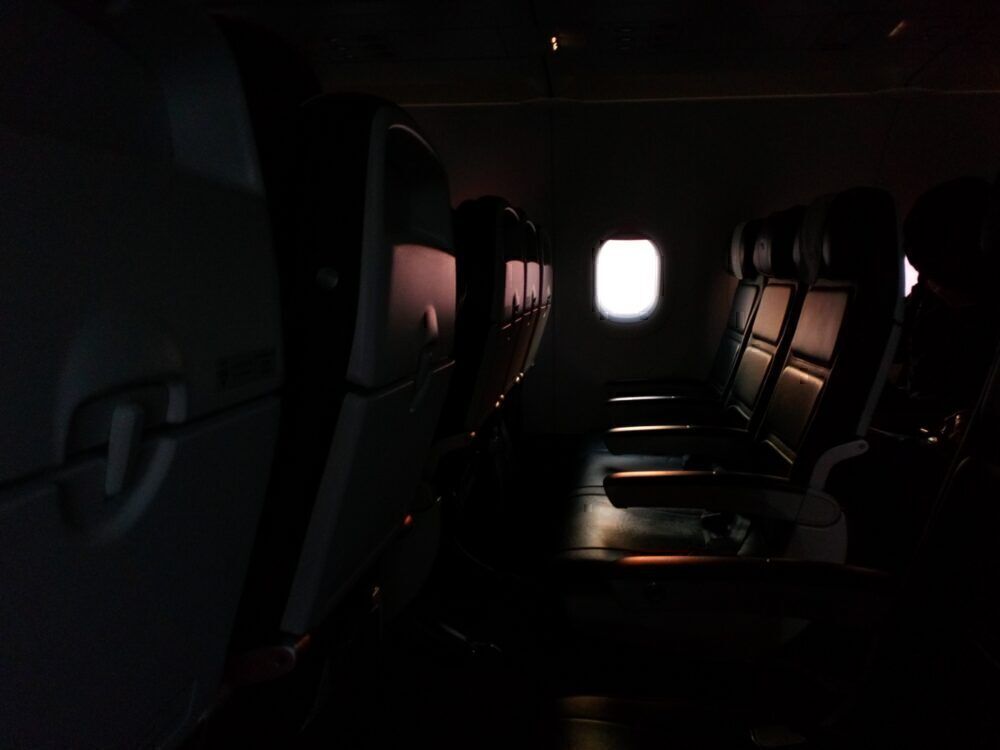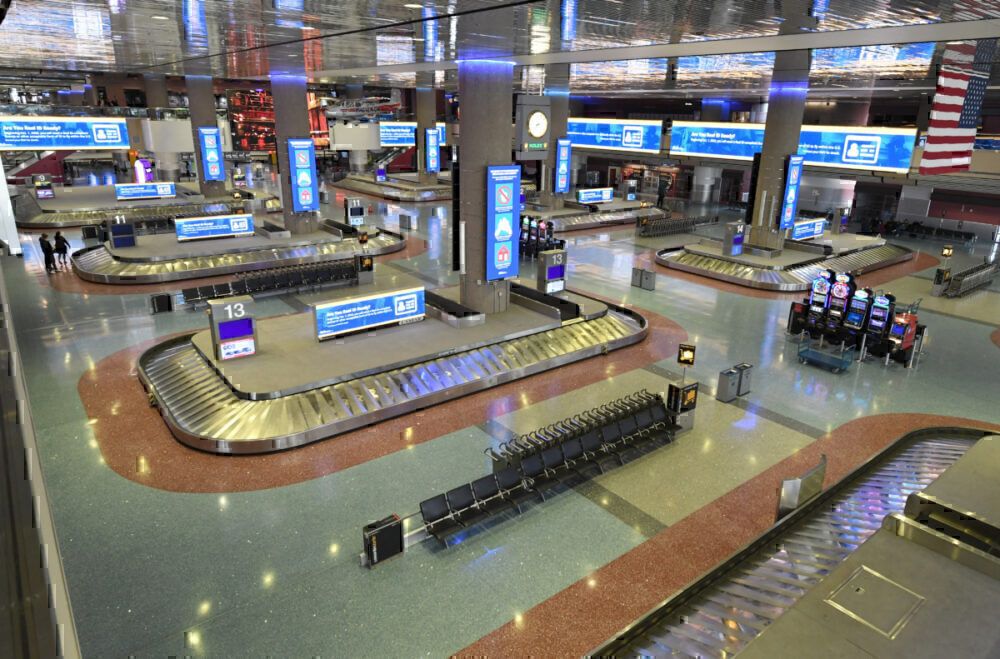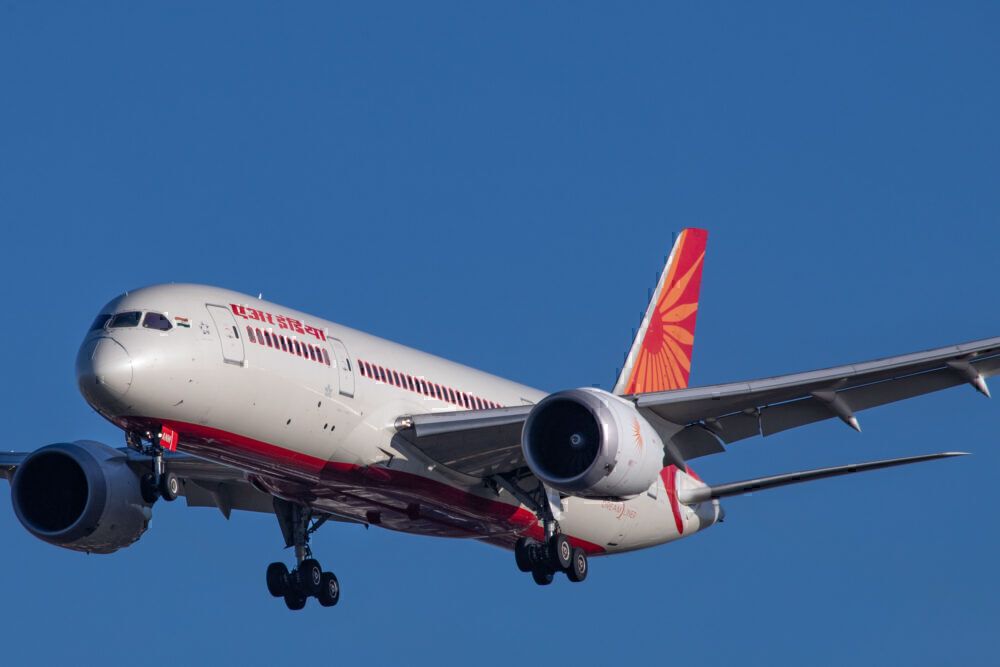The ongoing coronavirus pandemic caused enormous levels of disruption to commercial aviation throughout 2020. Restrictions implemented in an attempt to minimize the spread of COVID-19 saw passenger demand levels fall sharply worldwide.
It had been hoped that, as countries began to lift these restrictions, demand levels might make a reasonable recovery towards the end of the year. However, any chance of this was dampened in November by the virus's 'second wave.'
Stay informed: Sign up for our daily aviation news digest.
Worldwide trends
The International Air Transport Association (IATA) has revealed its November 2020 passenger traffic statistics. They represented the end of what had been a slow recovery in passenger demand levels.
Demand had reached its (relative) peak in the Northern hemisphere's summer season. However, IATA stated that the recovery had already been stalling before outbreaks began worsening again in November. Specifically, its CEO and Director General, Alexandre de Juniac, claimed that,
"The already tepid recovery in air travel demand came to a full stop in November. That’s because governments responded to new outbreaks with even more severe travel restrictions and quarantine measures."
Overall, total demand for November 2020 was down by a factor of 70.3% compared to November 2019. IATA measures actual passenger traffic in revenue passenger kilometers (RPKs). This metric represents the number of kilometers flown by commercial passengers in a given time period. November 2020 also saw a record low load factor (58% down from 81%). Capacity for the month was 58.6% below the previous years levels.
International markets
International demand levels have suffered particularly badly as a result of the ongoing coronavirus pandemic. Many countries have introduced mandatory quarantine periods for arrivals from 'high-risk' territories. This has resulted in international travel becoming increasingly inconvenient, which is reflected in the statistics for passenger demand.
IATA's report states that international traffic in the Asia-Pacific region in November was down 95% compared to the previous year. Although this represents a slight recovery compared to October's 95.3% decline, it still makes for grim reading. Europe's 87% decline represented a 4% deterioration compared to October's demand, which was 83% below the previous year.
In North America, November's traffic was 83% lower than in 2019. However, this did represent an improvement compared to October's 87.8% decline. Latin America saw the strongest October-November improvement, climbing from 86.1% to 78.6% below 2019's monthly data. Africa had the best performance, with demand in November being 76.7% below the same month in 2019. This represented a minimal change from October, when the figure was 77.2%.
Domestic markets less severely affected
Domestic travel represented 36.2% of all revenue passenger kilometers flown in 2019. While this market has also been hit hard by the pandemic, the numbers are not quite as drastic as those seen internationally. Overall, IATA found domestic travel in November 2020 to be down by a factor of 41% compared to the previous year.
Improvements could be found in some markets, such as India. Here, while still significant, the 49.6% decline represented a 6% improvement compared to October. IATA expects further improvement in the coming months as more business reopen there.
Australia has also seemingly turned a corner following certain states opening back up. Its decline compared to last November was 79.8%. While there is still a long way to go, this represents an admirable improvement of almost 5% compared to the previous month.
Did the second wave scupper any of your November travel plans? How do you see the airline industry's recovery developing improving or worsening in the coming months? Let us know your thoughts in the comments.




